Paul Temple
Ethical Adversaries: Towards Mitigating Unfairness with Adversarial Machine Learning
May 14, 2020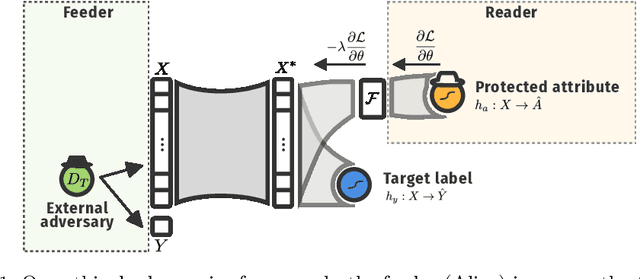
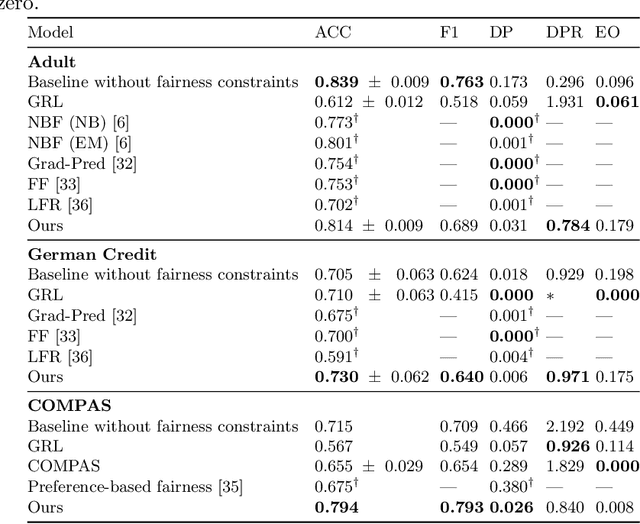
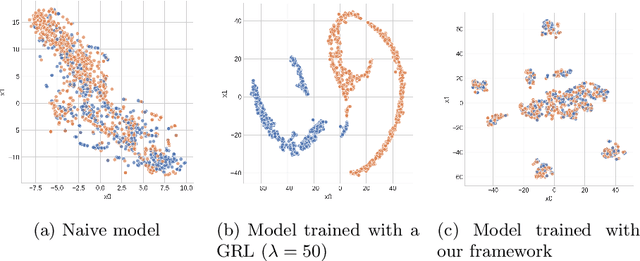

Abstract:Machine learning is being integrated into a growing number of critical systems with far-reaching impacts on society. Unexpected behaviour and unfair decision processes are coming under increasing scrutiny due to this widespread use and also due to theoretical considerations. Individuals, as well as organisations, notice, test, and criticize unfair results to hold model designers and deployers accountable. This requires transparency and the possibility to describe, measure and, ideally, prove the 'fairness' of a system. This involves concepts such as fairness, transparency and accountability that will hopefully make machine learning more amenable to criticism and improvement proposals towards the fulfilment of societal goals. We concentrate on fairness, taking into account that both the transparency of the neural networks and accountability of actors and systems will require further methods. We offer a new framework that assists in mitigating unfair representations in the dataset used for training. Our framework relies on adversaries to improve fairness. First, it evaluates a model for unfairness w.r.t. protected attributes and ensures that an adversary cannot guess such attributes for a given outcome, by optimizing the model's parameters for fairness while limiting utility losses. Second, the framework leverages evasion attacks from adversarial machine learning to perform adversarial retraining with new examples unseen by the model. These two steps are iteratively applied until a significant improvement in fairness is obtained. We evaluated our framework on well-studied datasets in the fairness literature-including COMPAS-where it can surpass other approaches concerning demographic parity, equality of opportunity and also the model's utility. We also illustrate our findings on the subtle difficulties when mitigating unfairness and highlight how our framework can help model designers.
Towards Quality Assurance of Software Product Lines with Adversarial Configurations
Sep 16, 2019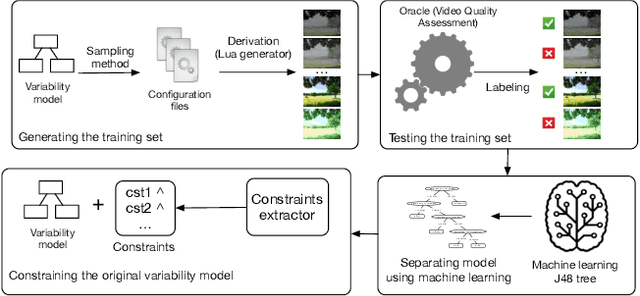
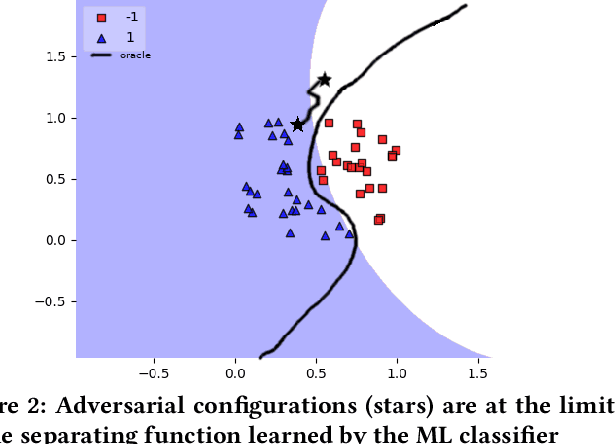

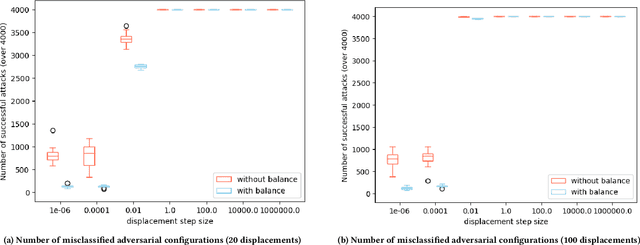
Abstract:Software product line (SPL) engineers put a lot of effort to ensure that, through the setting of a large number of possible configuration options, products are acceptable and well-tailored to customers' needs. Unfortunately, options and their mutual interactions create a huge configuration space which is intractable to exhaustively explore. Instead of testing all products, machine learning techniques are increasingly employed to approximate the set of acceptable products out of a small training sample of configurations. Machine learning (ML) techniques can refine a software product line through learned constraints and a priori prevent non-acceptable products to be derived. In this paper, we use adversarial ML techniques to generate adversarial configurations fooling ML classifiers and pinpoint incorrect classifications of products (videos) derived from an industrial video generator. Our attacks yield (up to) a 100% misclassification rate and a drop in accuracy of 5%. We discuss the implications these results have on SPL quality assurance.
Towards Adversarial Configurations for Software Product Lines
May 30, 2018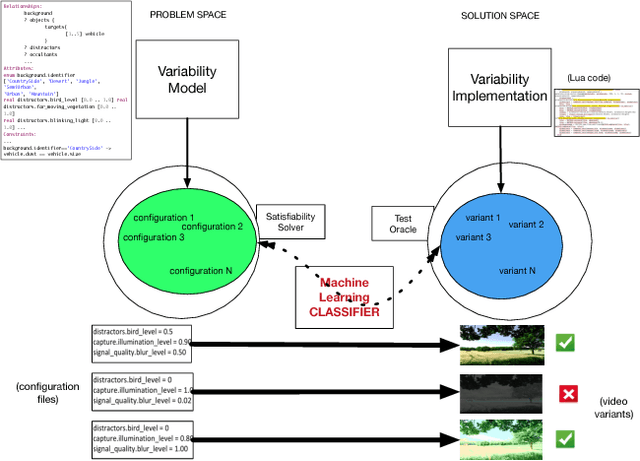
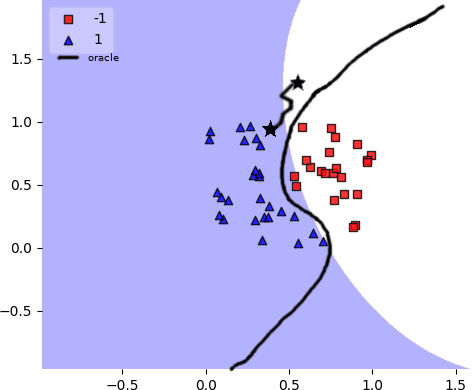
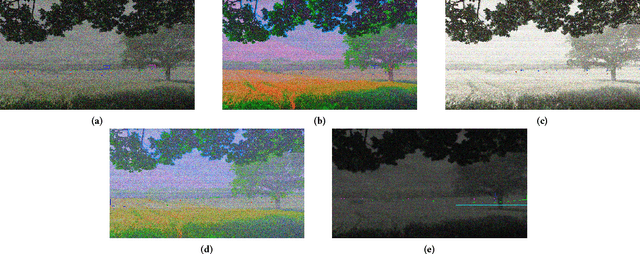
Abstract:Ensuring that all supposedly valid configurations of a software product line (SPL) lead to well-formed and acceptable products is challenging since it is most of the time impractical to enumerate and test all individual products of an SPL. Machine learning classifiers have been recently used to predict the acceptability of products associated with unseen configurations. For some configurations, a tiny change in their feature values can make them pass from acceptable to non-acceptable regarding users' requirements and vice-versa. In this paper, we introduce the idea of leveraging these specific configurations and their positions in the feature space to improve the classifier and therefore the engineering of an SPL. Starting from a variability model, we propose to use Adversarial Machine Learning techniques to create new, adversarial configurations out of already known configurations by modifying their feature values. Using an industrial video generator we show how adversarial configurations can improve not only the classifier, but also the variability model, the variability implementation, and the testing oracle.
 Add to Chrome
Add to Chrome Add to Firefox
Add to Firefox Add to Edge
Add to Edge